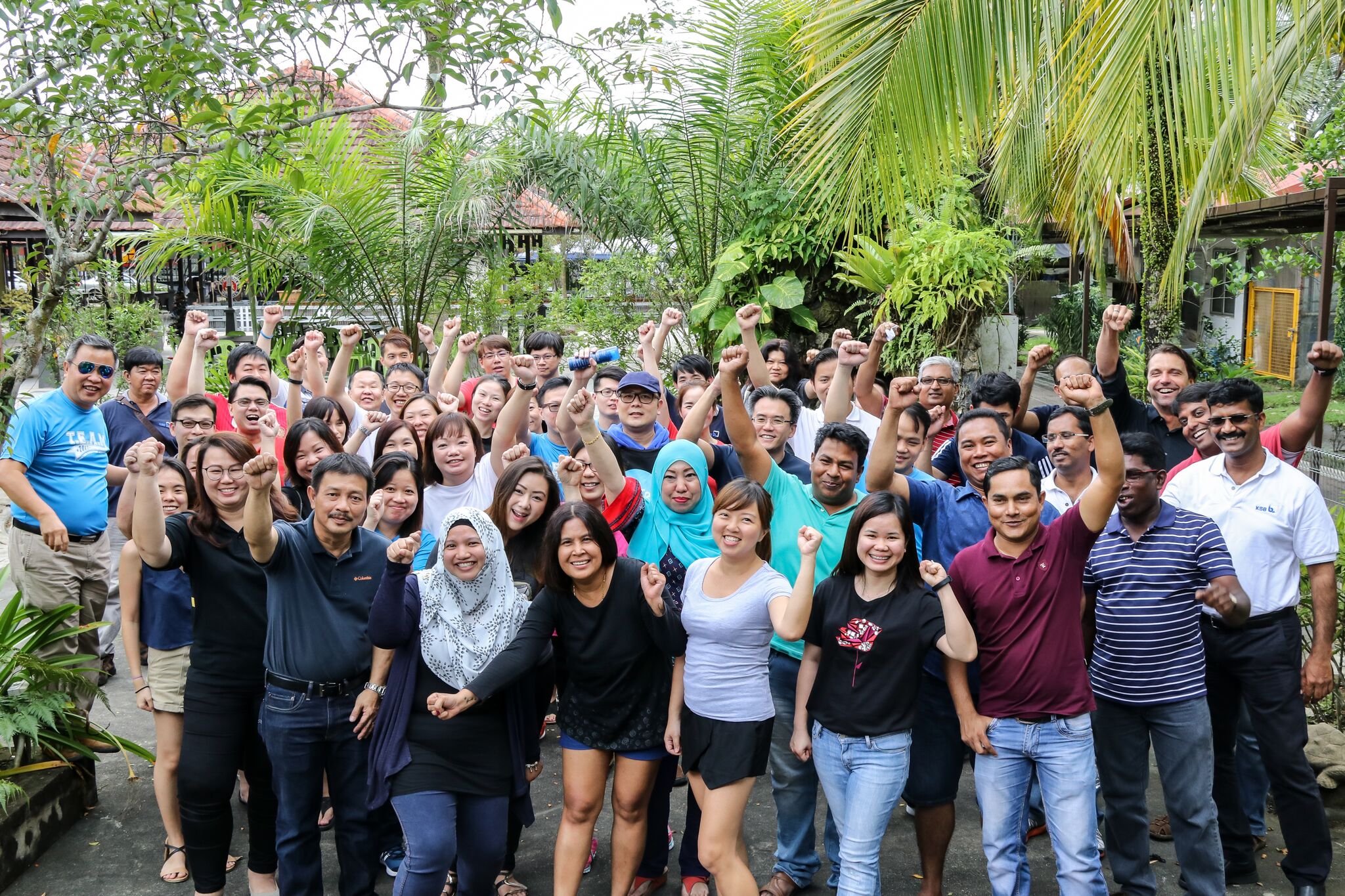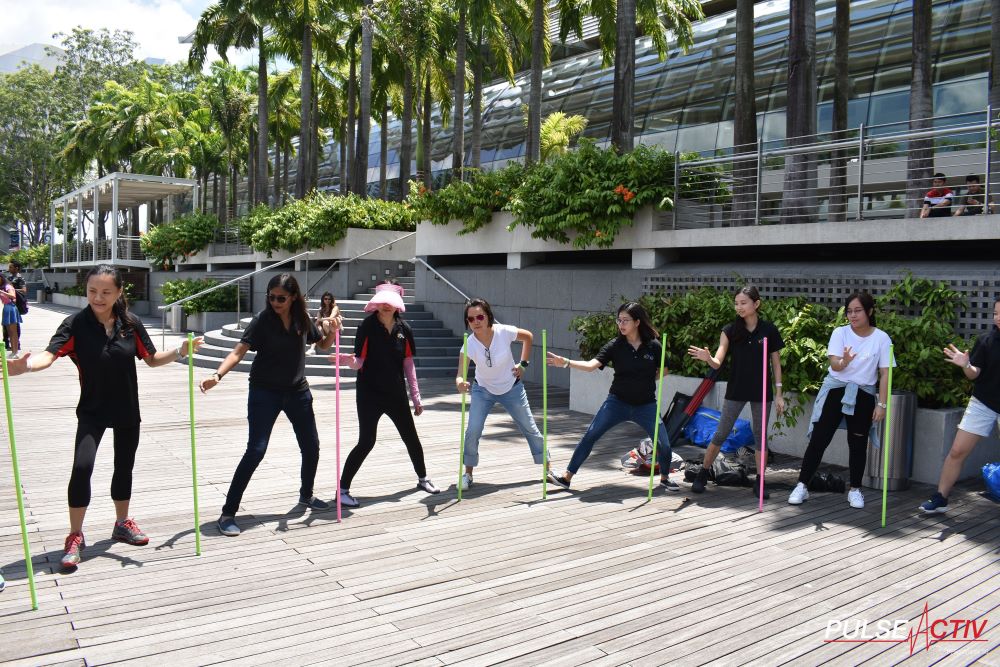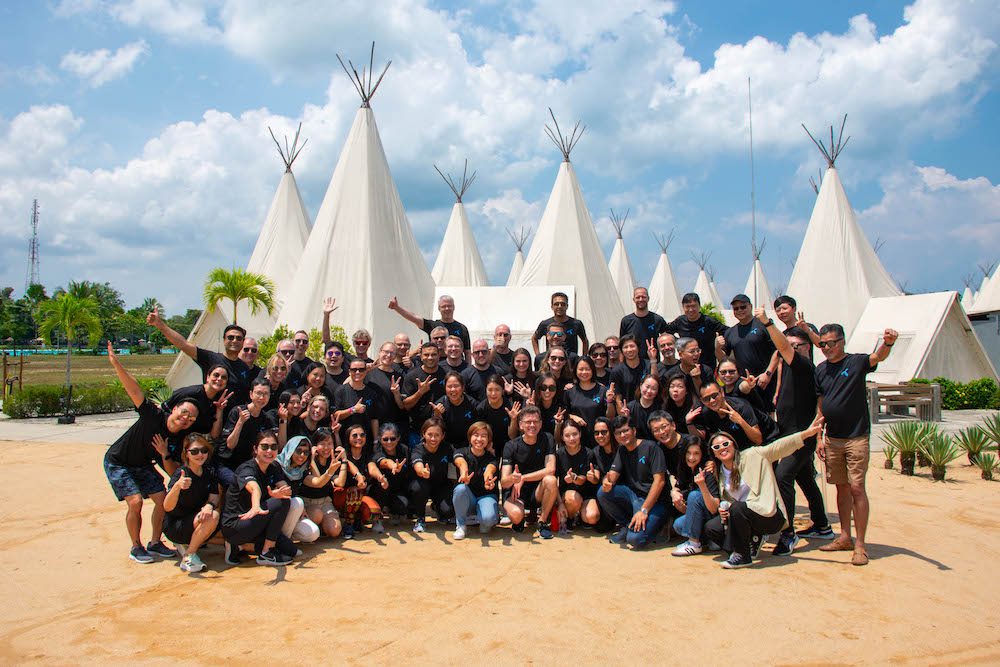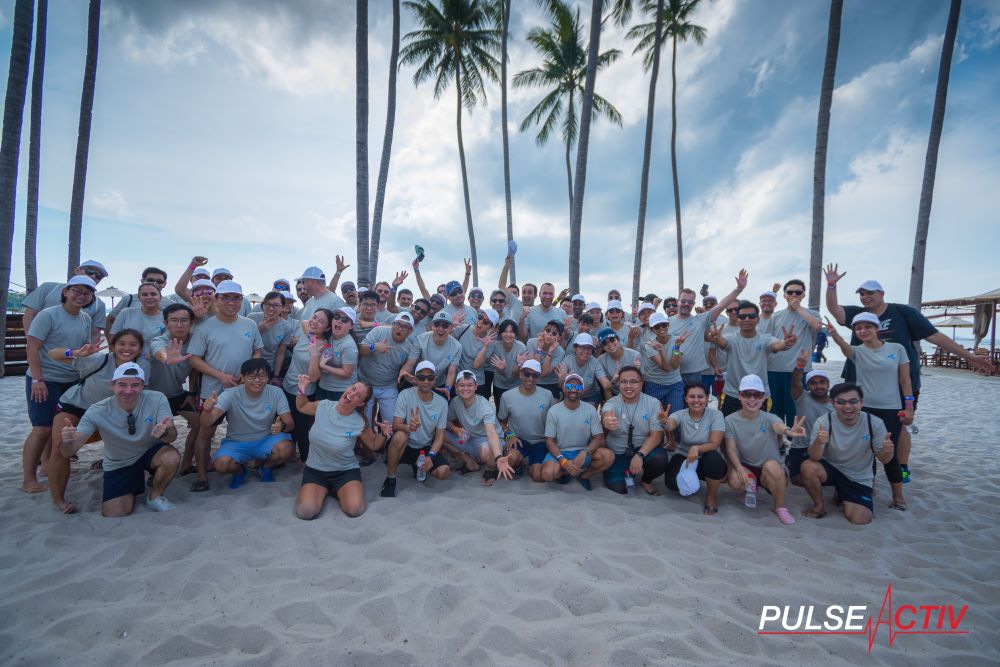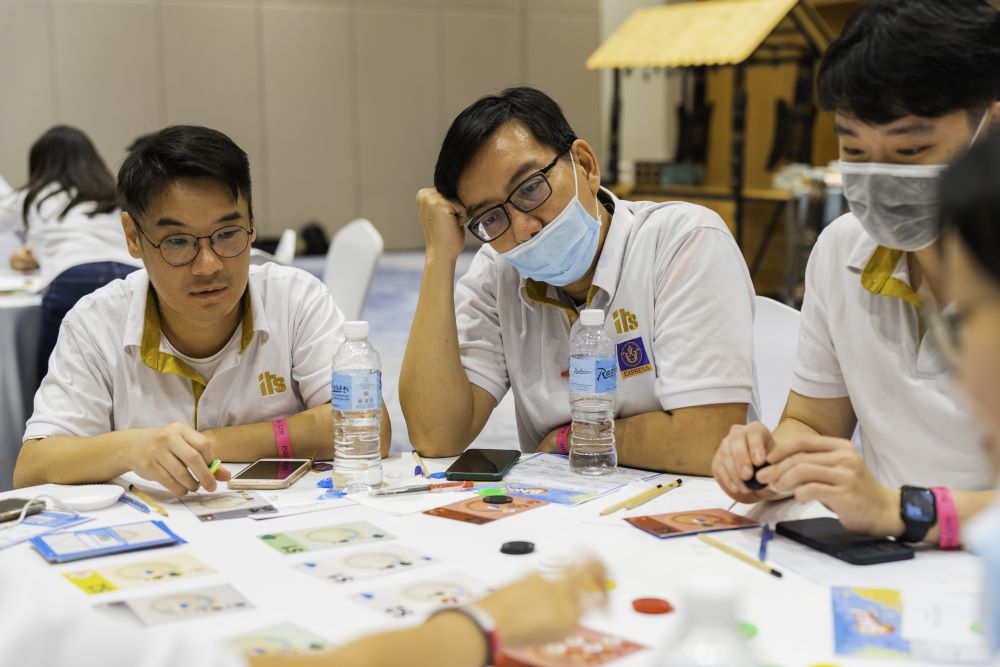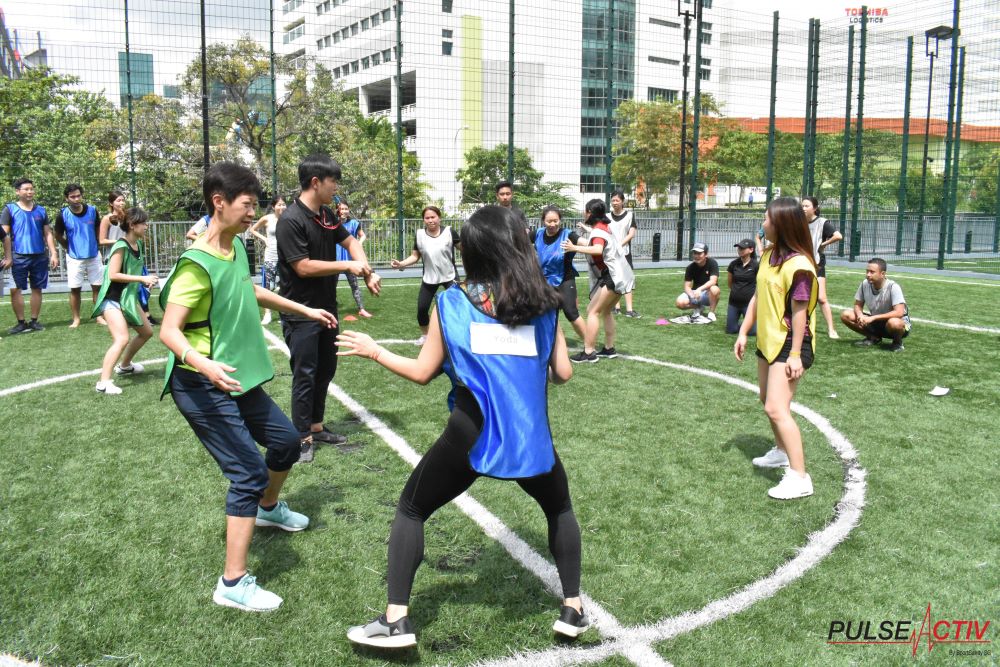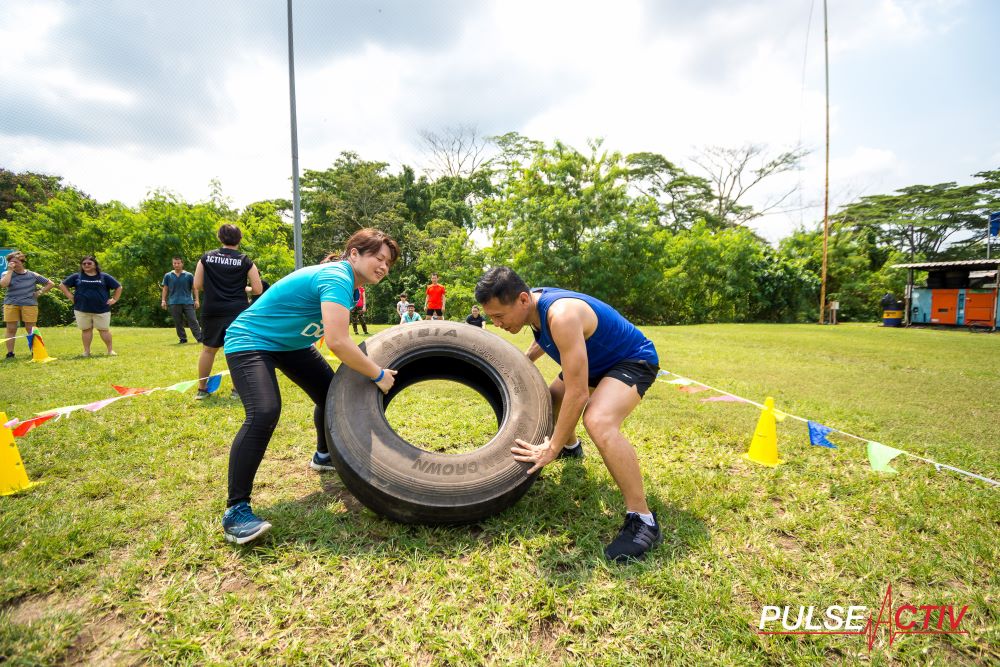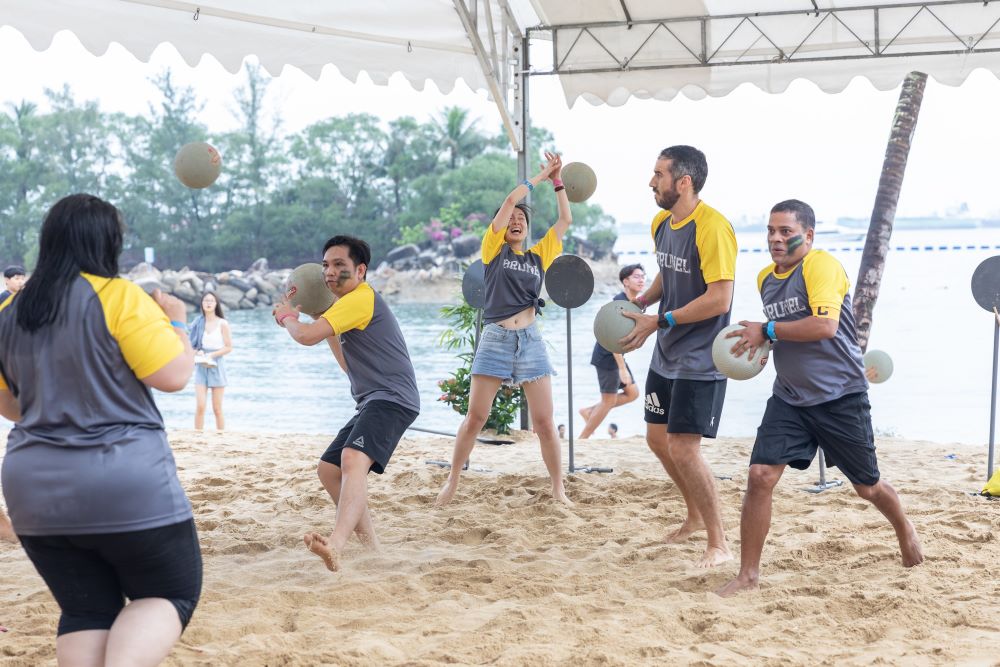What is Unique About Outdoor Team Building Activities?
Outdoor team building activities offer a distinct and enriching experience that sets them apart from traditional indoor exercises. These activities not only foster team cohesion but also bring a plethora of benefits that are unique to an outdoor setting. Here’s an in-depth look at what makes outdoor team building activities exceptional.
1. Natural Environment and Its Impact
Being outdoors, surrounded by nature, has a calming and rejuvenating effect on participants. The natural environment helps reduce stress, improve mood, and enhance overall well-being. Fresh air, greenery, and open spaces create a refreshing backdrop that indoor settings simply cannot replicate. Nature’s sensory elements, like the sound of birds or the rustling of leaves, can have a soothing effect, enhancing participants’ mental clarity and focus during activities.
2. Physical Engagement
Outdoor activities often involve physical challenges that promote fitness and well-being. Whether it’s hiking, obstacle courses, or team sports, these activities encourage participants to move and stay active. Physical engagement not only improves health but also boosts energy levels and cognitive function, leading to better performance in team tasks. Moreover, the physical challenges presented in outdoor settings help build endurance and resilience, qualities beneficial both in personal and professional contexts.
3. Adventure and Excitement
The element of adventure in outdoor activities brings a sense of excitement and thrill. Activities like rock climbing, rafting, or treasure hunts push participants out of their comfort zones, fostering a spirit of adventure. This excitement can lead to greater enthusiasm and participation, making the team building experience more memorable and impactful. Adventure activities can also create shared experiences that teams remember and bond over, strengthening their connection.
4. Opportunities for Unique Challenges
The outdoors provides a versatile environment for a variety of unique and creative challenges. From navigating through a forest to building a raft, the possibilities are endless. These challenges require teams to think on their feet, adapt to changing conditions, and come up with innovative solutions, which can significantly enhance problem-solving and critical thinking skills. The unpredictability of outdoor environments also teaches teams to be flexible and to work efficiently under pressure.
5. Encourages Team Cohesion
Outdoor team building activities often require collaboration and communication in ways that indoor activities do not. For example, constructing a shelter or participating in a group hike necessitates constant communication, trust, and teamwork. These experiences help strengthen bonds and improve interpersonal relationships within the team. Successfully completing outdoor challenges together can build a sense of camaraderie and mutual respect among team members.
6. Boosts Morale and Motivation
Stepping out of the usual work environment and engaging in fun and challenging outdoor activities can significantly boost team morale. The change of scenery, coupled with the excitement of the activities, rejuvenates the team and reignites their motivation and enthusiasm. This positive shift in morale can lead to increased productivity and a more positive work atmosphere. Additionally, achieving common goals in a novel setting can instill a renewed sense of purpose and drive within the team.
7. Fosters Creativity and Innovation
The natural and unstructured environment of the outdoors fosters creativity and innovation. Away from the confines of a traditional workspace, team members are more likely to think outside the box and come up with creative solutions to challenges. The freedom and flexibility of outdoor settings inspire fresh perspectives and innovative ideas. Engaging with nature can spark creativity, as the diverse and dynamic environment often leads to unconventional thinking and problem-solving approaches.
8. Enhances Leadership Skills
Outdoor activities often present opportunities for team members to take on leadership roles. Whether leading a group through a trail or organizing a team for a challenge, these activities help develop and enhance leadership skills. Participants learn to delegate tasks, make quick decisions, and guide their team towards achieving common goals. Real-life leadership scenarios in outdoor settings provide practical experience and help build confidence in one’s ability to lead.
9. Encourages Personal Growth
Outdoor team building activities push individuals beyond their limits, encouraging personal growth. Overcoming physical challenges, navigating difficult terrains, and facing fears can boost self-confidence and resilience. These experiences not only benefit individuals personally but also contribute to a stronger, more capable team. Personal achievements in challenging outdoor activities can translate into increased self-efficacy and a willingness to tackle difficult tasks in the workplace.
10. Sustainable and Eco-Friendly
Outdoor team building activities can also promote sustainability and environmental awareness. Activities such as clean-up drives, tree planting, or nature conservation projects combine team building with a positive impact on the environment. These eco-friendly initiatives foster a sense of responsibility and collective effort towards a greater cause. Engaging in environmentally conscious activities can instill a sense of stewardship and encourage sustainable practices within the team.
Conclusion
Outdoor team building activities offer a unique blend of adventure, physical engagement, and natural beauty that sets them apart from traditional indoor activities. They foster team cohesion, boost morale, and enhance various skills such as leadership, problem-solving, and creativity. By stepping out into nature, teams can experience a refreshing and enriching bonding experience that leaves a lasting impact on both the individuals and the collective group. Embrace the outdoors and unlock the full potential of your team with these unique and exciting activities.
To head back to read another article in our blog, click here.
